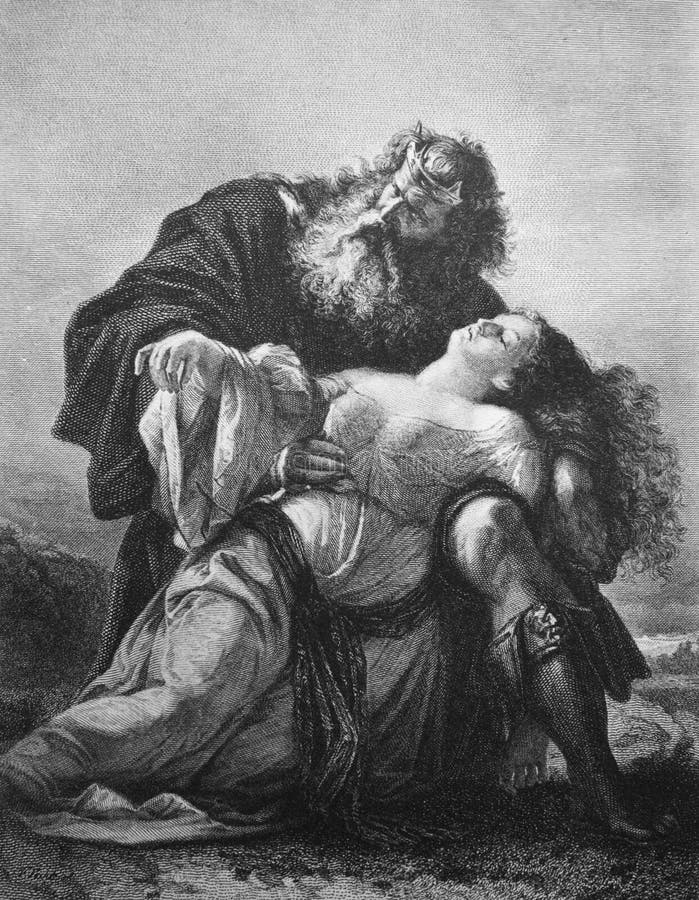On August 25, 1916, President Woodrow Wilson signed the “Organic Act” creating the National Park Service, a federal bureau in the Department of the Interior responsible for maintaining national parks and monuments that were then managed by the department. The National Park System has since expanded to 423 units (often referred to as parks), more than 150 related areas, and numerous programs that assist in conserving the nation’s natural and cultural heritage for the benefit of current and future generations. – National Park System
In honor of the creation of National Park System I am reprinting the post I wrote after we visited the parks of the SW. – Jadi
We fondly refer to one trip we took as Our Vacation of the Rocks. We did a long loop of the American SW’s national parks. From the Grand Canyon we went to Zion, on to Grand Staircase/Escalante, Natural Bridges, Canyonlands National Park and Arches. We spent a few days at Mesa Verde and then headed south into New Mexico. We ended our trip back in Arizona at the Chiracahua National Monument Wilderness and the Sonoran Desert Park.
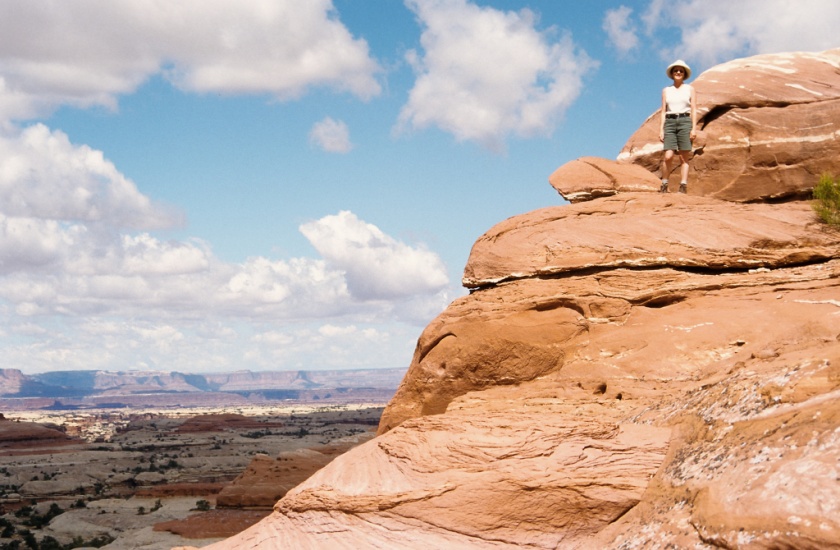
We had a national park pass and drove from one incredible natural site to the next. We spent each day in our hiking boots, holding a park map. The quality of the stones we clambered over changed daily. It was all stunningly beautiful, the hard landscapes like being on the surface of the moon. (Bonus points for those of you paying careful attention: I’ll refer back to this post when I get around to writing about Hampi, India and Mount Teide, Tenerifa.) We hiked up, around and over endless variations on red striped rocks and hillocks of crumbling yellow sandstone. We picked out way down hillsides scrubby with deceptively harmless-looking small cacti.

I needed to replace my worn-out day pack. In Moab, Utah I headed into a well stocked mountain bike shop; the young salesman actually sneered when I insisted that I didn’t want a high end all weather multi purpose pack. “I just need something for day hikes,” I repeated. He lifted the inferior item with one finger and dropped it on the counter in front of me. It was perfect (and, to this day years later, I still get good use out of it).
I bought turquoise jewelry at a pawnshop in Gallup, New Mexico. We got to watch a naturalization ceremony in Sante Fe that was quite moving. Immigrants from at least 20 countries stood up when the judge called out the name of the country these new Americans hailed from.
We ate posole and regional Mexican-American dishes. In a Tucson restaurant we watched incredulous while a hot sauce seller set out samples on a table for the owner to try. One of them, he cautioned, was so hot that just one drop of the stuff would burn a hole in his tongue if he tried to taste it like a ‘normal’ hot sauce. (No, we did not try it!)***
Arizona’s Chiricahua Wilderness is like hiking through high stacks of pancaked rock. From beneath some brush a rattlesnake sounded a warning. I waited for the Swedish family I had heard talking on the trail behind us and pointed out the snake to their small boys. We met the family back up at the parking lot later, and the parents came over when they saw me. “Since we started planning this trip our boys have talked about nothing but how much they want to see a rattler! Thank you for making their vacations!” I laughed pleased (really I’d mentioned the snake both to warn the perhaps uninitiated, also to slow them down on the trail so that Uwe and I could have the section up ahead for ourselves). But I did feel I’d done a good deed.
Uwe loves the ‘otherness’ of the landscapes of the SW. I revel in the unabashed raw open nature. Rocks, stone, mountains and ravines, gorges and arches: all that geological strata. My heart resides in the leafy wooded Adirondacks, but any region with so much dedicated parkland is dear to me.

What is astonishing about the Southwest is the balance of stony terrain, flora and fauna. Cities will rise and fall; we build beautifully, or dreadfully, and reap our efforts or laziness. Mother Nature took millions of years to figure out what works. Maybe we should take our cue from her.
NOTES: *** A side comment for any enterprising cooks out there: southern Germany needs a real Mexican restaurant. I have yet to find a great Mex spot! If you come here and open a restaurant, you will win hungry hearts and minds. ©2012 Jadi Campbell. Previously published as Our Vacation of the Rocks. Photos ©2012 Uwe Hartmann. More of Uwe’s photography may be viewed at viewpics.de.
Click here for my author page to learn more about me and purchase my books.


 The colors seem to move and change as you watch: ruby red, emerald green and yellow. [1]
The colors seem to move and change as you watch: ruby red, emerald green and yellow. [1]

 Environmental activist, writer, wilderness traveler, Zen Buddhist student and teacher, Peter Matthiessen was born May 22, 1927 in New York City, New York. He was a CIA officer in his early 20s, one of the few acts of his life that he regretted. He co-founded The Paris Review, one of English language’s most important literary journals. His book Shadow Country won the National Book Award for fiction, and he won again in nonfiction for The Snow Leopard. He remains the only writer to have won in both categories.
Environmental activist, writer, wilderness traveler, Zen Buddhist student and teacher, Peter Matthiessen was born May 22, 1927 in New York City, New York. He was a CIA officer in his early 20s, one of the few acts of his life that he regretted. He co-founded The Paris Review, one of English language’s most important literary journals. His book Shadow Country won the National Book Award for fiction, and he won again in nonfiction for The Snow Leopard. He remains the only writer to have won in both categories.






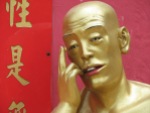


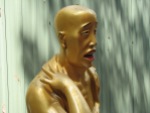


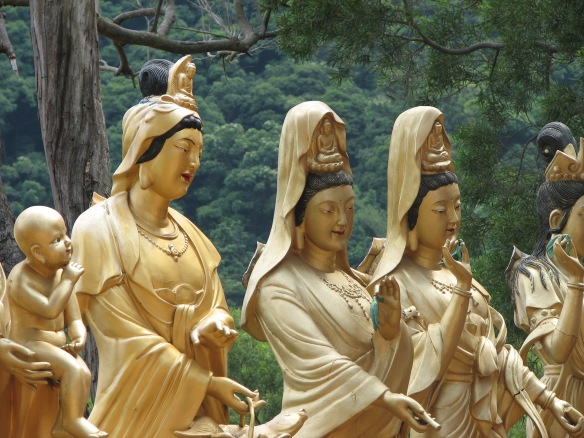
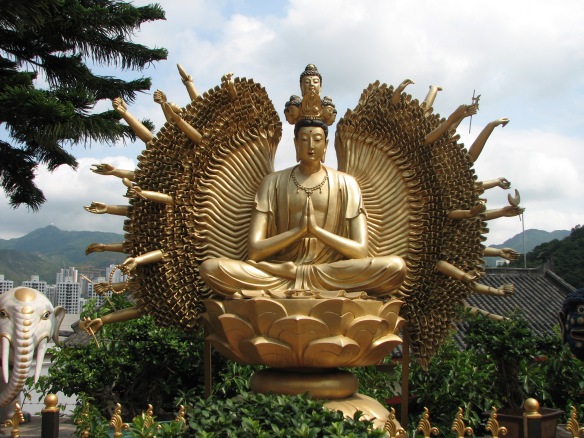


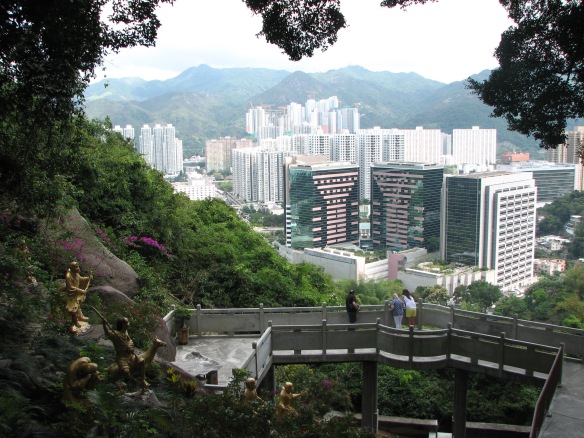

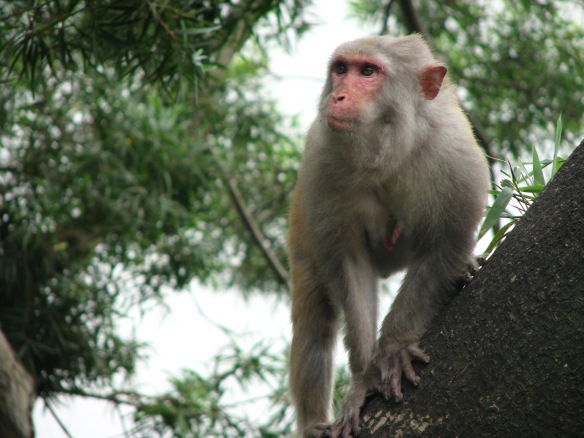







 We heard it before we saw it. Drums, lots of drums…
We heard it before we saw it. Drums, lots of drums…

 What tickles me most about the walls is that once you’re on them, you could be on a wide boulevard anywhere in the world. Except that this is China, and this isn’t a boulevard…. It’s a wide street located on top of Xi’an’s city walls. Travel doesn’t get any better than this.
What tickles me most about the walls is that once you’re on them, you could be on a wide boulevard anywhere in the world. Except that this is China, and this isn’t a boulevard…. It’s a wide street located on top of Xi’an’s city walls. Travel doesn’t get any better than this.















